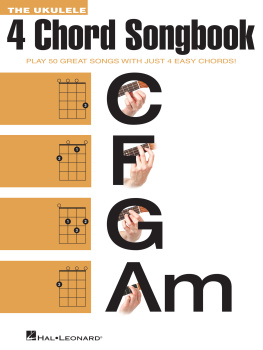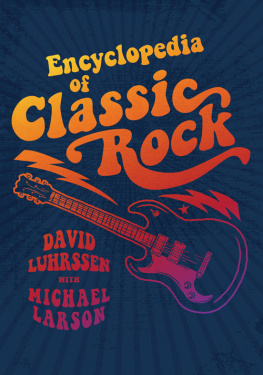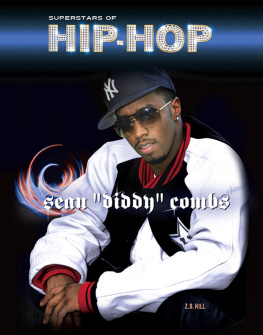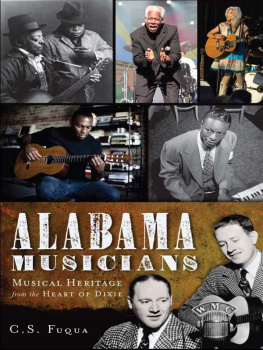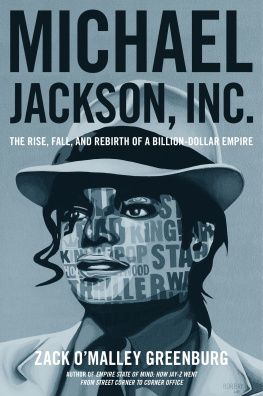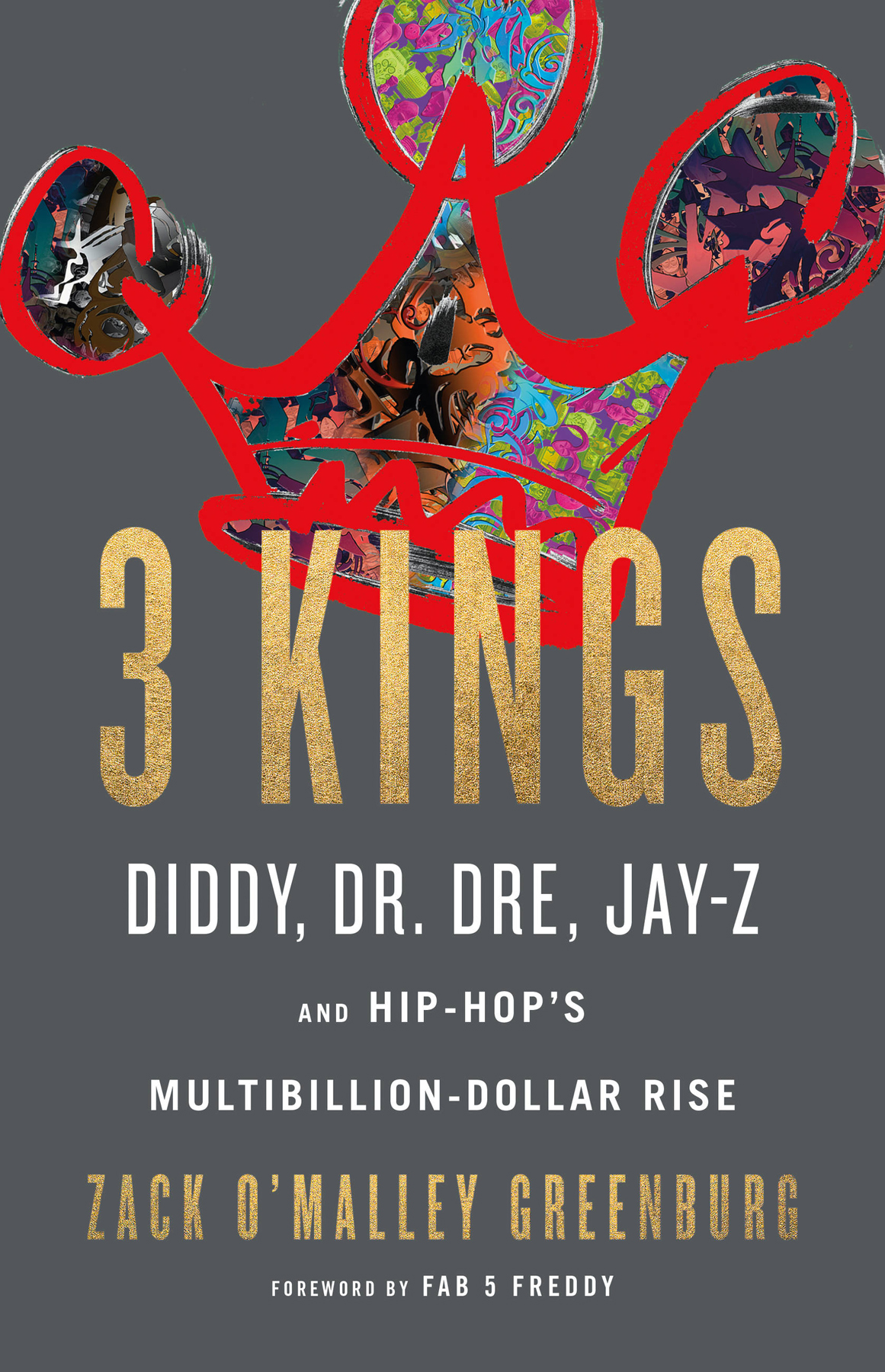Thank you for buying this ebook, published by HachetteDigital.
To receive special offers, bonus content, and news about ourlatest ebooks and apps, sign up for our newsletters.
Copyright 2018 by Zack OMalley Greenburg
Foreword copyright 2018 by Fab 5 Freddy
Cover design by Allison J. Warner
Cover illustration by Fab 5 Freddy
Cover copyright 2018 by Hachette Book Group, Inc.
Hachette Book Group supports the right to free expression and the value of copyright. The purpose of copyright is to encourage writers and artists to produce the creative works that enrich our culture.
The scanning, uploading, and distribution of this book without permission is a theft of the authors intellectual property. If you would like permission to use material from the book (other than for review purposes), please contact permissions@hbgusa.com. Thank you for your support of the authors rights.
Little, Brown and Company
Hachette Book Group
1290 Avenue of the Americas, New York, NY 10104
littlebrown.com
twitter.com/littlebrown
facebook.com/littlebrownandcompany
First ebook edition: March 2018
Little, Brown and Company is a division of Hachette Book Group, Inc. The Little, Brown name and logo are trademarks of Hachette Book Group, Inc.
The publisher is not responsible for websites (or their content) that are not owned by the publisher.
The Hachette Speakers Bureau provides a wide range of authors for speaking events. To find out more, go to hachettespeakersbureau.com or call (866) 376-6591.
Crown icon design by Fab 5 Freddy
ISBN 978-0-316-31655-2
E3-20180119-JV-PC
Millions of words have been written about these titans and their empires, but precious few have been written by business reporters who examine how they actually got where they are. Greenburg brings a business perspective along with just enough context and history so that this book can be appreciated and understood by both hip-hop heads and the financial world.
Jem Aswad, senior music editor, Variety
Greenburg reveals a blueprint for how billions were made by and for the artists themselves. An excellent read and a valuable education for entrepreneurs, industry insiders and outsiders, and music aficionados. A uniquely American story of entrepreneurship.
Josh Davis, author of Two Awesome Hours: Science-Based Strategies to Harness Your Best Time and Get Your Most Important Work Done
A vividly clear depiction of the commercial empires built by Diddy, Jay-Z, and Dr Dre. The book documents their humble beginnings and their rise to fame, and illustrates their important connections to the pioneers who paved the way for their success.
Rocky Bucano, president of the Universal Hip Hop Museum
Finance is a central focus in hip-hop, but few writers have the facts and figures to discuss it credibly. Greenburg demystifies three iconic rap artists who these days make most of their money apart from rap. Its a well-constructed analysis that you dont need to be an expert to appreciate.
Ben Westhoff, author of Original Gangstas: The Untold Story of Dr. Dre, Eazy-E, Ice Cube,Tupac Shakur, and the Birth of West Coast Rap
Greenburg has become one of the rare reporters to bring dignified coverage of the hip-hop business into the mainstream.
Dan Charnas, author of The Big Payback: The History of the Business of Hip-Hop
A pleasingly broad perspective of hip-hop as economic triumph Greenburgs vivid descriptionsa small sampling includes the farty bass lines of Dres G-funk period; Suge Knight in his notorious 1995 Source Awards appearance looking like a gang-affiliated Kool-Aid Man; and Diddy dressed like a very fashionable porcupinemake for engaging reporting that will satisfy neophytes and devotees alike. A wide-ranging survey of the first four decades of hip-hop that vividly brings some of the cultures biggest success stories into one place.
Kirkus Reviews
A veteran music journalist who can successfully draw parallels between street-art culture and multimillion-dollar corporate mergers, Greenburg is the perfect person to take us on a journey through the ascent of hip-hops greats. Hes able to reveal previously hidden sides of raps cash kings (a term he coined) through deep sourcing, in-depth research, and a true love of and respect for the genre. I came away with a new understanding of hip-hops trajectory and the significance it bears for general cultural history.
Hana Alberts, features editor, New York Post
Plain and simple: Im just a diehard fan.
Kevin Olusola, Grammy-winning member of Pentatonix
Empire State of Mind: How Jay-Z Went from Street Corner to Corner Office
Michael Jackson, Inc.: The Rise, Fall, and Rebirth of a Billion-Dollar Empire
For Danielle, the realest doctor of all
In the old-school world of New York graffitistarting in the late 1960s when this then-infant form of creative expression, one of the foundational pillars of hip-hop culture, raged across the streets and walls of New York City and its buses, subways, and commercial vehiclesa crown above your name meant youd designated yourself a king.
Originally, it meant a king of a certain train linelike the A, B, C, or D, or the 1, 2, 3, 4, 5, 6, et cetera. There was no royal court or governing body overseeing these coronations, but in the first decade of the New York graffiti movement, already on the verge of becoming the international street-art movement it is today, graffiti writers who placed a crown over their names felt they earned the right to do so after extensive tagging or bombing, as we called it. If toysgraffiti writers with little style and/or minimal saturation of their tag throughout the five boroughsplaced a crown over their tags, other graffiti writers would cross them out or just obliterate them by writing toy on top. A wannabe king, humiliated and dethroned.
In the late 70s and early 80s, the crown became a part of the vocabulary of images and embellishments as tagging evolved into spray-painted multicolored mural extravaganzas. Numerous styles of crowns were developed to adorn ones work. My dear deceased friend and cultural comrade Jean-Michel Basquiat developed his own unique graffiti crown. It looked like the letter V, multiplied by three and turned upside down, with a straight line across the bottom. Jeans blunt and simple crown became ubiquitous in the downtown areas of Manhattan, where we hung out in the early 1980s, as did his graffiti name, SAMO.
When Jean began to make art, he occasionally drew his crown on his paintings and drawings. His crown has become an iconic symbol to his many fansincluding this books three kings, as Ive learned from firsthand conversations. Dre considers Jean to be a kindred artistic spirit; Jay-Z shouts him out in song lyrics and displays his work in his own home; Puffy even has a Basquiat crown tattooed on the back of his neck.
Tattoos today often look to me like physical graffiti of the New York street. Many people have a hodgepodge of images and words done by various tattoo artists on various parts of their bodies, some with deep significance. When Puffy put that Basquiat crown on his neck, he did it to send a clear message. Like Basquiat and New York graffiti writers from decades past, Puffy was rightfully designating himself a king. And like Dre and Jay-Z, the pioneers of graffiti mostly emerged from modest urban means to seize and remix that classic rags-to-riches American Dream story while dominating the zeitgeist of global popular culture.


